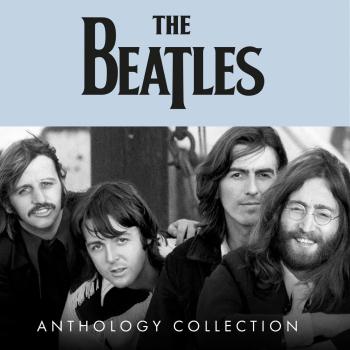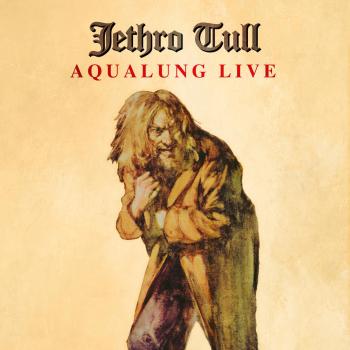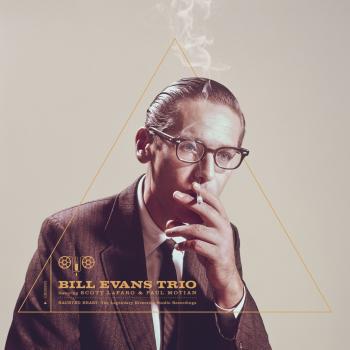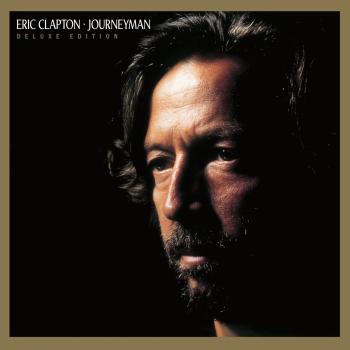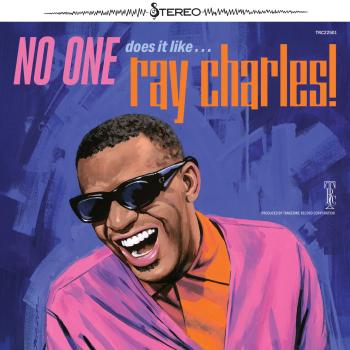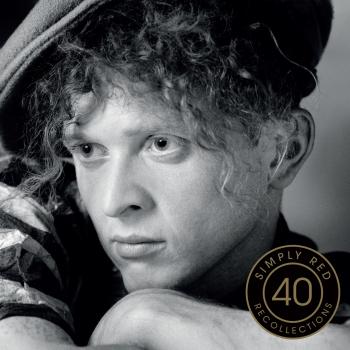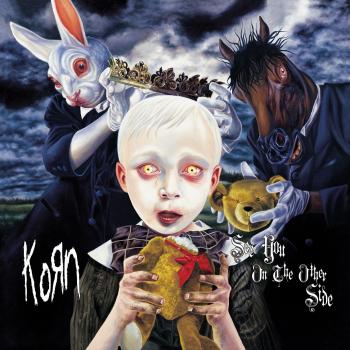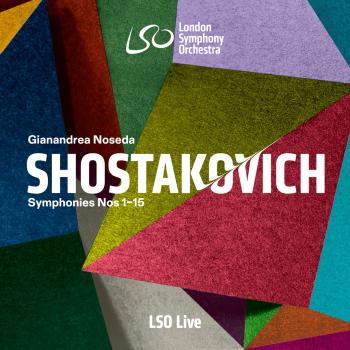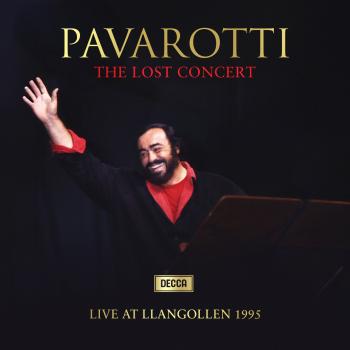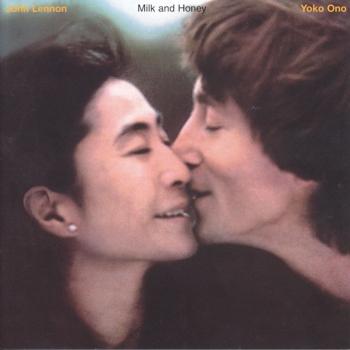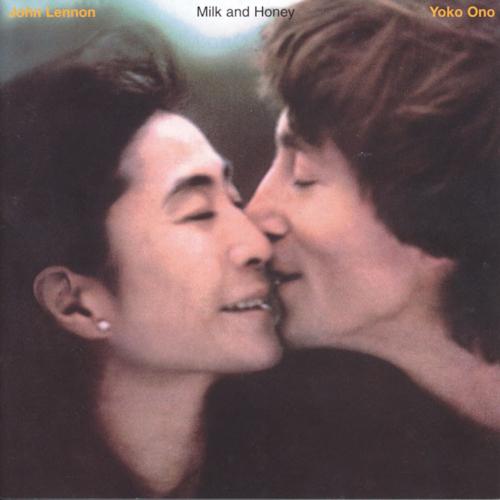
Milk And Honey John Lennon & Yoko Ono
Album Info
Album Veröffentlichung:
1984
HRA-Veröffentlichung:
29.10.2014
Das Album enthält Albumcover Booklet (PDF)
Entschuldigen Sie bitte!
Sehr geehrter HIGHRESAUDIO Besucher,
leider kann das Album zurzeit aufgrund von Länder- und Lizenzbeschränkungen nicht gekauft werden oder uns liegt der offizielle Veröffentlichungstermin für Ihr Land noch nicht vor. Wir aktualisieren unsere Veröffentlichungstermine ein- bis zweimal die Woche. Bitte schauen Sie ab und zu mal wieder rein.
Wir empfehlen Ihnen das Album auf Ihre Merkliste zu setzen.
Wir bedanken uns für Ihr Verständnis und Ihre Geduld.
Ihr, HIGHRESAUDIO
- 1 I'm Stepping Out 04:06
- 2 Sleepless Night 02:34
- 3 I Don't Wanna Face It 03:22
- 4 Don't Be Scared 02:45
- 5 Nobody Told Me 03:34
- 6 O'Sanity 01:07
- 7 Borrowed Time 04:29
- 8 Your Hands 03:04
- 9 (Forgive Me) My Little Flower Princess 02:28
- 10 Let Me Count The Ways 02:17
- 11 Grow Old With Me 03:09
- 12 You're The One 03:55
Info zu Milk And Honey
Milk And Honey erschien ursprünglich 1984, vier Jahre nach John Lennons Tod. Man kann es sich am besten als Begleiter des bekannteren Double Fantasy vorstellen. Wie Double Fantasy enthält auch Milk And Honey gleichwertige, aber getrennte Beiträge von Lennon und Ono: Da schlägt jemand mit schrecklichem, maßlos gekünsteltem Gezeter um sich (überwiegend, aber nicht ausschließlich Yoko Ono) und dazwischen findet man scharfzüngige, kämpferische Songs (überwiegend, aber nicht ausschließlich von John Lennon).
Yoko Ono zum Projekt „Gimme Me Some Truth“: „In diesem besonderen Jahr in dem mein Ehemann 70 Jahre alt geworden wäre, hoffe ich, dass die Remasters erneut seine unglaubliche Musik dem jüngeren Publikum näher bringen werden. Nach dem Remastern von über 150 Liedern aus 8 spannenden Alben, hoffe ich ebenfalls dass seine treuen Fans welche sich mit seinem Repertoire und Schaffen auskennen ebenfalls John Lennon als talentierten Singer / Songwriter und aufmerksamen Beobachter des Lebens und unserer Gesellschaft wieder entdecken werden“.
John Lennon, guitar, keyboards, vocals
Yoko Ono, vocals
John Tropea, guitar
Earl Slick, guitar
Steve Love, guitar
Hugh McCracken, guitar
Elliott Randall, guitar
Howard Johnson, horn
Pete Cannarozzi, synthesizer
George Small, keyboards
Ed Walsh, keyboards
Tony Levin, bass
Neil Jason, bass
Wayne Pedziwiatr, bass
Andy Newmark, drums
Paul Griffin, drums
Arthur Jenkins, percussion
Jimmy Maelen, percussion
Gordon Grody, vocals
Billy Alessi, vocals
Bobby Alessi, vocals
Peter Thom, vocals
Kurt Yahjian, vocals
Recorded from August–December 1980, 1983 at Hit Factory, A & R Studios & Sterling Sound, New York, New York, & The Automatt, San Francisco
Produced by John Lennon, Yoko Ono
Digitally remastered
John Lennon
If John Lennon had only been one of the four members of the Beatles, his artistic immortality would already have been assured. The so-called “smart Beatle,” he brought a penetrating intelligence and a stinging wit both to the band’s music and its self-presentation. But in such songs as “Strawberry Fields Forever,” “Norwegian Wood (This Bird Has Flown),” “Rain” and “In My Life,” he also marshaled gorgeous melodies to evoke a sophisticated, dreamlike world-weariness well beyond his years. Such work suggested not merely a profound musical and literary sensibility – a genius, in short — but a vision of life that was simultaneously reflective, utopian and poignantly realistic.
While in the Beatles, Lennon displayed an outspokenness that immersed the band in controversy and helped redefine the rules of acceptable behavior for rock stars. He famously remarked in 1965 that the Beatles were “more popular than Jesus” – a statement that was more an observation than a boast, but that resulted in the band’s records being burned and removed from radio station playlists in the U.S. He criticized America’s involvement in Vietnam, and, as the Sixties progressed, he became an increasingly important symbol of the burgeoning counterculture.
But it was only after the breakup of the Beatles in 1970 that the figure the world now recognizes as “John Lennon” truly came into being. Whether he was engaging in social activism; giving long, passionate interviews that, once again, broadened the nature of public discourse for artists; defining a new life as a self-described “househusband;” or writing and recording songs, Lennon came to view his life as a work of art in which every act shimmered with potential meaning for the world at large. It was a Messianic attitude, to be sure, but one that was tempered by an innate inclusiveness and generosity. If he saw himself as larger than life, he also yearned for a world in which his ego managed at once to absorb everyone else and dissolve all differences among people, leaving a Zen-like tranquility and calm. “You may say I’m a dreamer, but I’m not the only one,” he sang in “Imagine,” which has become his best-known song and an international anthem of peace. “I hope someday you’ll join us, and the world will live as one.”
Such imagery, coupled with the tragedy of his murder in 1980, has often led to Lennon’s being sentimentalized as a gentle prince of peace gazing off into the distance at an Eden only he could see. In fact, he was a far more complex and difficult person, which, in part, accounts for the world’s endless fascination with him. Plastic Ono Band (1970), the first solo album he made after leaving the Beatles, alternates songs that are so emotionally raw that to this day they are difficult to listen to with songs of extraordinary beauty and simplicity. Gripped by his immersion in primal-scream therapy, which encouraged its practitioners to re-experience their most profound psychic injuries, Lennon sought in such songs as “Mother” and “God” to confront and strip away the traumas that had afflicted his life since childhood.
And those traumas were considerable. Lennon’s mother, Julia, drifted in and out of his life during his childhood in Liverpool – he was raised by Julia’s sister Mimi and Mimi’s husband, George – and then died in a car accident when Lennon was seventeen. His father was similarly absent, essentially walking out on the family when John was an infant. He disappeared for good when Lennon was five, only to return after his son had become famous as a member of the Beatles. Consequently, Lennon struggled with fears of abandonment his entire life. When he repeatedly cries, “Mama, don’t go/Daddy come home,” in “Mother,” it’s less a performance than a scarifying brand of therapeutic performance art. And in that regard, as well as many others, it revealed the influence of Yoko Ono, whom Lennon had married in 1969, leaving his first wife, Cynthia, and their son Julian in order to do so.
The minimalist sound of Plastic Ono Band was significant too. Lennon had come to associate the elaborate musical arrangements of much of the Beatles’ later work with Paul McCartney and George Martin, and he consciously set out to purge those elements from his own work. Co-producing with Ono and the legendary Phil Spector, he built a sonic environment that could not have been more basic – guitar, bass, drums, the occasional piano — whatever was essential and absolutely nothing more. Lyrically, he turned away from the psychedelic flights and Joycean wordplay of such songs as “I Am the Walrus” and “Lucy in the Sky With Diamonds” – as well as his books, In His Own Write and A Spaniard in the Works — and toward a style in which unadorned, elemental speech gathered poetic force through its very directness.
On his next album, Imagine (1971), Lennon felt confident enough to reintroduce some melodic elements reminiscent of the Beatles into his songs. Working again with Ono and Spector, he retains the eloquent plainspokenness of Plastic Ono Band, but allows textural elements such as strings, to create more of a sense of beauty. The album’s title track alone ensured its historical importance; it is a call to idealism that has provided solace and inspiration at every moment of social and humanitarian crisis since it was written.
From there Lennon turned to a style that was a sort of journalistic agit-prop. Sometime In New York City (1972) is as outward-looking and blunt as Imagine was, for the most part, soft-focused and otherworldly. As its title suggests, the album reflects Lennon’s immersion in the drama and noise of the city to which he had moved with Yoko Ono. And as its cover art suggests, the album is something like a newspaper – a report from the radical frontlines on the political upheavals of the day. His activism would create enormous problems for Lennon, however. The Nixon administration, paranoid about the possibility that a former Beatle might become a potent leader and recruiting tool of the anti-war movement, attempted to have Lennon deported. Years of legal battles ensued before Lennon finally was awarded his green card in 1976.
Lennon’s political struggles unfortunately found their match in his personal life. He and Ono split up in the fall of 1973, shortly before the release of his album, Mind Games. He moved to Los Angeles and later described the eighteen months he spent separated from Ono as his “lost weekend,” a period of wild indulgence and artistic drift. Like Mind Games, the albums he made during this period, Walls and Bridges (1974) and Rock N Roll (1975), are the expressions of a major artist seeking, with mixed results, to recover his voice. None of them lack charm, and their high points include the lovely title track of Mind Games; Walls and Bridges’ “Whatever Gets You Through the Night,” a rollicking duet with Elton John that gave Lennon his first number-one single as a solo artist; and the sweet nostalgia of Rock N Roll, a covers album that was Lennon’s tribute to the musical pioneers of his youth. But none of those albums rank among his greatest work.
In 1975, Lennon reunited with Ono, and their son Sean was born later that year. For the next five years, Lennon withdrew from public life, and his family became his focus. Then, in 1980, he and Ono returned to the studio to work on Double Fantasy, a hymn to their life together with Sean. The couple was plotting a full-fledged comeback – doing major interviews to support the album’s release, recording new songs for a follow-up, planning a tour. Then, shockingly, Lennon was shot to death outside the apartment building where he and Ono lived on the night of December 8, 1980. (Anthony DeCurtis). Source: www.johnlennon.com
Booklet für Milk And Honey

